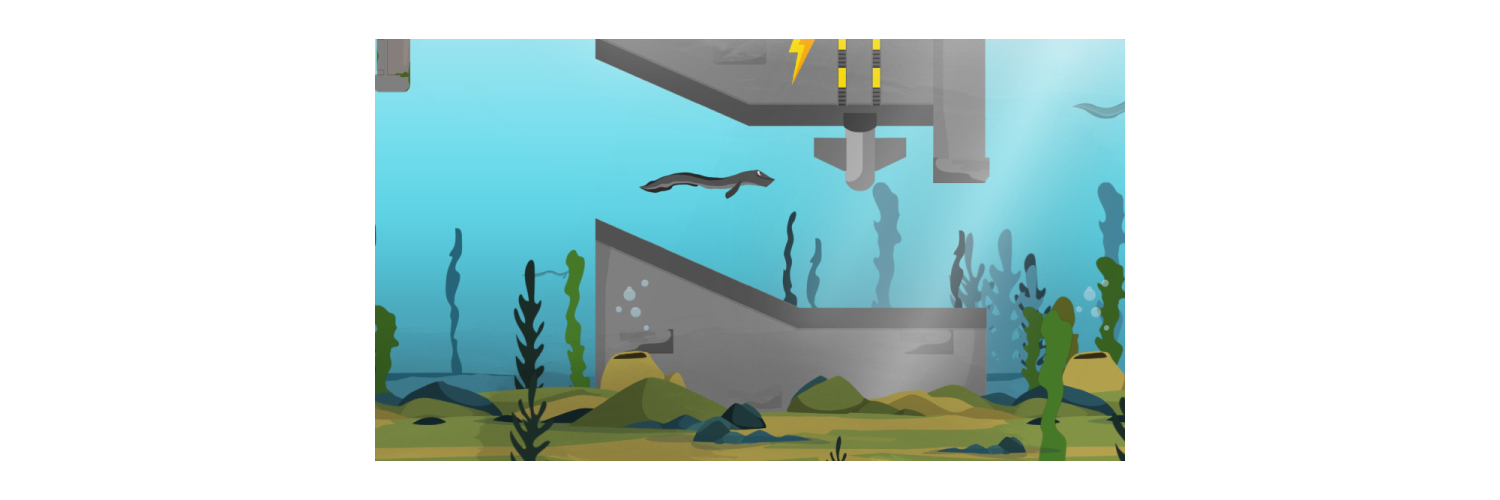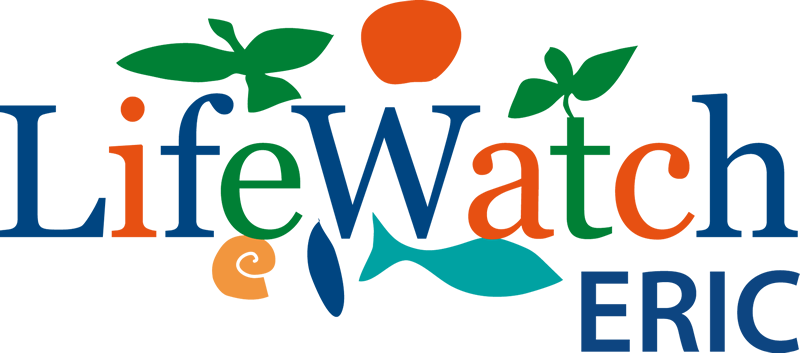Save the eel

This catalogue respects all FAIR guidelines and best practices and uses the IEEE Standard for Learning Object Metadata (IEEE 2002) that has been customised in order to be compliant with the EOSC Training Resource Profile - Data Model.
Description
Pieterjan Verhelst, a biotelemetry scientist and frequent user of the Belgian LifeWatch infrastructure developed a game “Save the eel”, to inform the general public about the obstacles eels face during their seaward migration.
Dive under water to help Angie the eel into the sea so she can go reproduce in the Sargasso Sea, an area ca. 7000 km west of Europe. As you play the game, you learn more about the eel and the obstacles they need to pass. Did you, for instance, know that eels migrate the 7000 km without feeding, relying on nothing but their fat reserves and even parts of their skeleton?
The game is suitable for both young and old, students and not, and can be played in English or Dutch, both on desktop and mobile devices. It can also be embedded in websites via an iframe-embed. So if you would have interest to use the game (for instance for an event where a price can be given to the person with the daily high score), don’t hesitate to contact Pieterjan Verhelst.
The game was developed together with Scriptie vzw and supported by Ghent University, LifeWatch Belgium, the Research Institute for Nature and Forest (INBO), and the Flanders Marine Institute (VLIZ). The game was developed by Slappy.inc.
1 - General
migration barriers
Anguilla
eel
rivers
game
2 - Life Cycle
2.3 - Contribute
3 - Educational
4 - Technical
Details
| Code | 29 |
|---|---|
| Uploaded by | Maria Teresa Manca |
| Available since | 01/12/20 16:26 |
